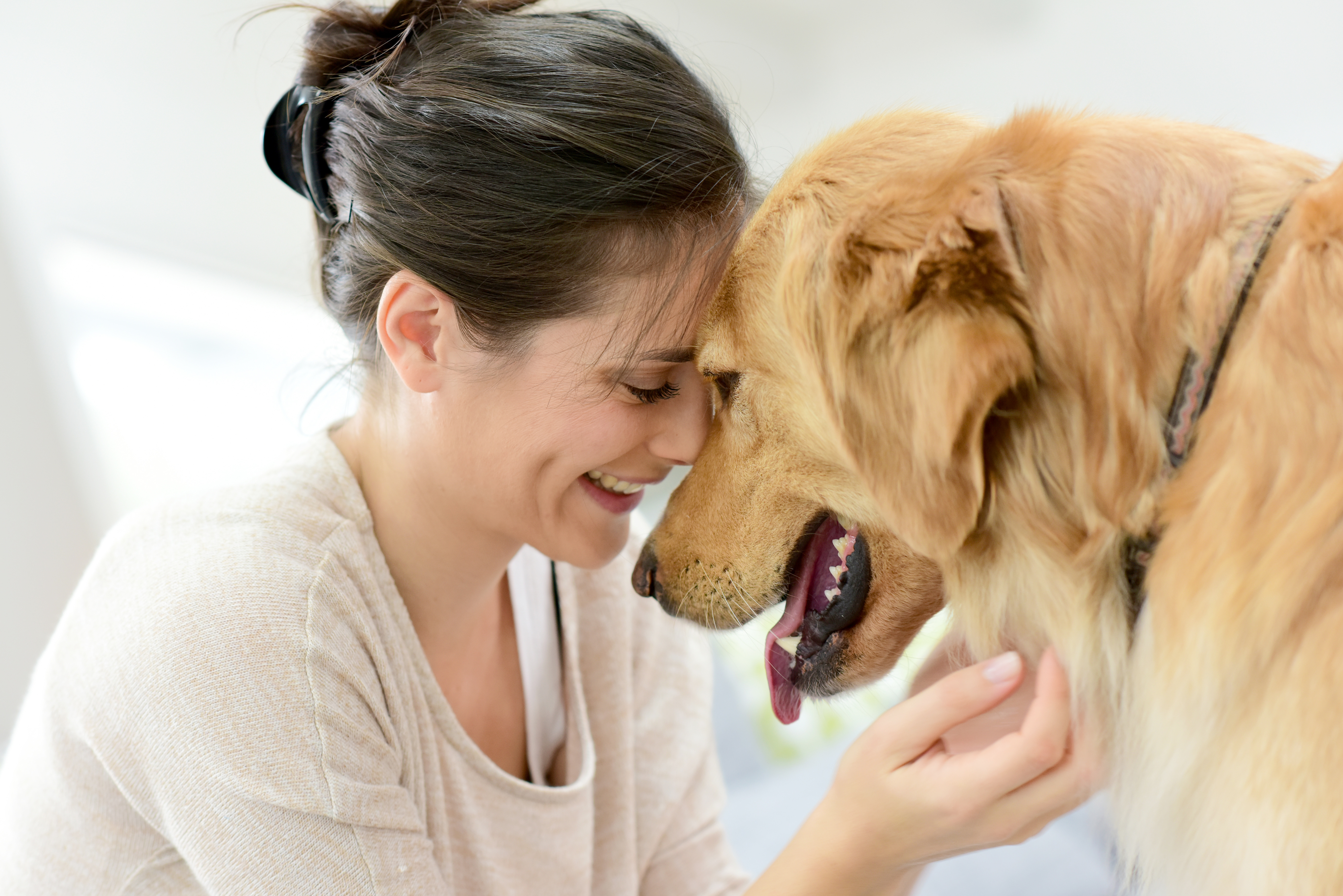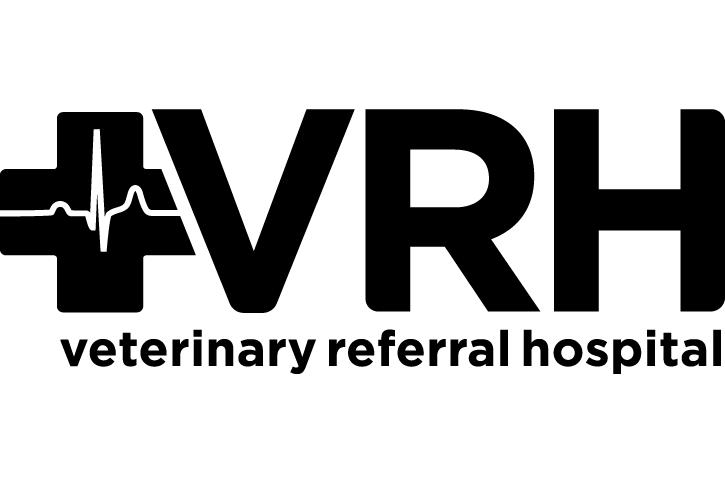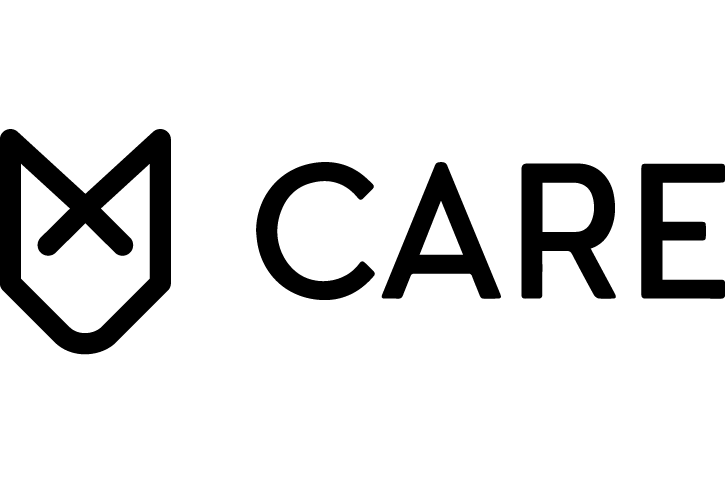Easter is a time of celebration, sweet treats, and family gatherings — but it can also bring hidden dangers for our pets. With festive foods, decorations, and a little extra household chaos, it’s not uncommon for curious cats and dogs to get into things they shouldn’t.
In this guide, we’ll walk you through the biggest Easter risks for pets, how to spot the signs of trouble, and what to do if an emergency happens. The good news? Most accidents can be avoided with a few simple precautions — and if something does go wrong, the Animal Referral & Emergency Network (AREN) team is here to help all Easter long weekend.
Common Easter Hazards for Pets
You might be surprised how many Easter essentials can be harmful — even deadly — to pets. Here are a few to be especially mindful of:
🍫 Chocolate
A well-known hazard for dogs (and also toxic to cats), chocolate contains theobromine, which affects the heart, kidneys, and nervous system. Dark chocolate is the most dangerous, but even small amounts of milk chocolate can cause symptoms like vomiting, diarrhoea, restlessness, tremors, or seizures.
🍞 Hot Cross Buns
They may look innocent, but the dried fruits in these traditional Easter treats — like raisins, sultanas, and currants — are highly toxic to dogs and can lead to sudden kidney failure. Even fruit-free versions are high in sugar and not pet-safe.
🧺 Easter Decorations
Plastic eggs, foil wrappers, ribbons, and artificial Easter grass might seem harmless, but pets love to chew on them — and swallowing these items can lead to choking or intestinal blockages.
🍬 Sweets and Xylitol
Some sugar-free lollies or baked goods contain xylitol, an artificial sweetener that’s extremely dangerous for dogs. Xylitol causes a rapid drop in blood glucose, vomiting, incoordination, tremors, seizures, liver damage and even death.
How to Tell If Your Pet’s Eaten Something Dangerous
Not all symptoms appear immediately, so it’s important to watch closely — especially during and after Easter meals and gatherings.
Signs to watch for include:
If your pet shows any of these symptoms or you suspect they’ve eaten something toxic, it’s always safest to contact your vet or nearest emergency hospital right away.
Tips to Keep Your Pet Safe This Easter
✅ Keep treats out of reach – Store Easter eggs, hot cross buns, and sweet baskets safely away from pets.
✅ Mind the bin – Leftovers and wrappers are tempting, so secure your rubbish bins after Easter meals.
✅ Communicate with guests – Let friends and family know not to feed your pet scraps or treats.
✅ Decorate with care – Avoid small, chewable decorations, or keep them out of pet-accessible areas.
✅ Create a calm zone – Big gatherings can be overwhelming. Set up a quiet area where your pet can relax.
We’re Open ALL Easter Long Weekend
Animal Referral & Emergency Network (AREN), has over 20 emergency vet locations across Australia. Many are open 24/7, including on public holidays. As you enjoy the long weekend, make sure you have the details of your nearest emergency vet handy. Quick access to your local emergency vet could make all the difference.
.png)









